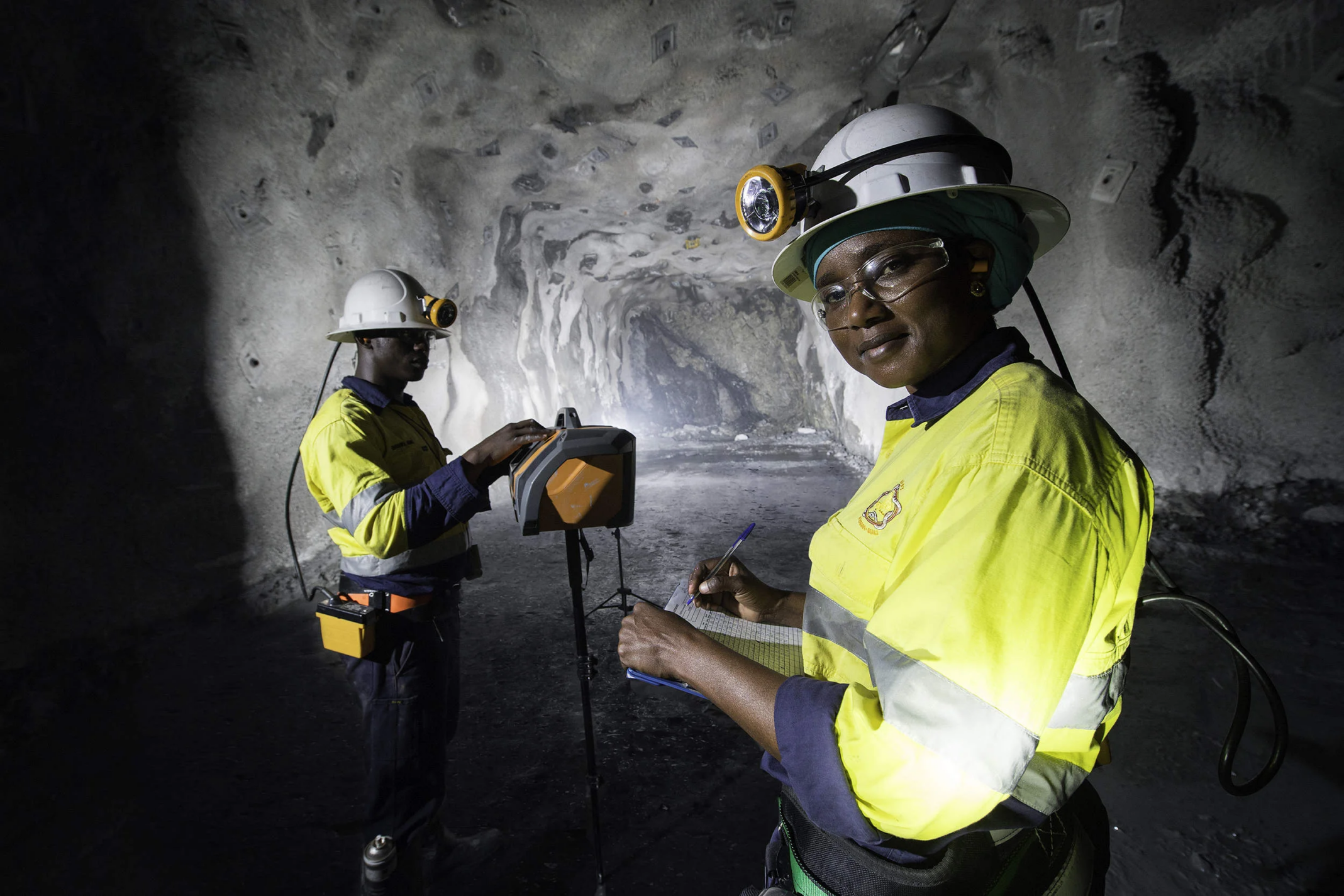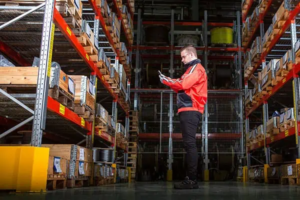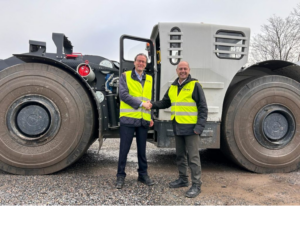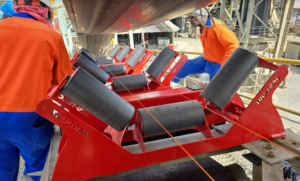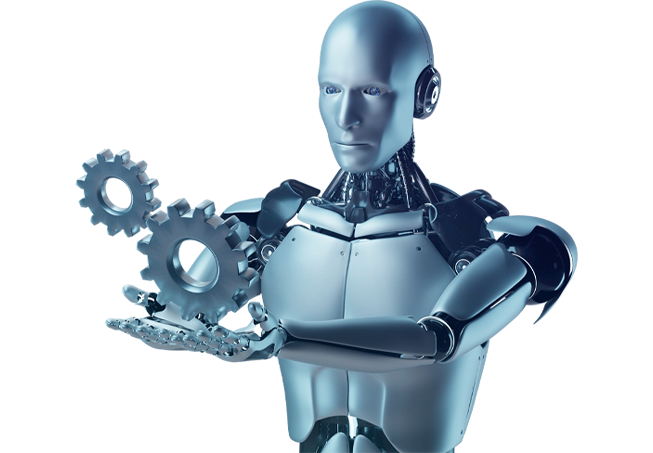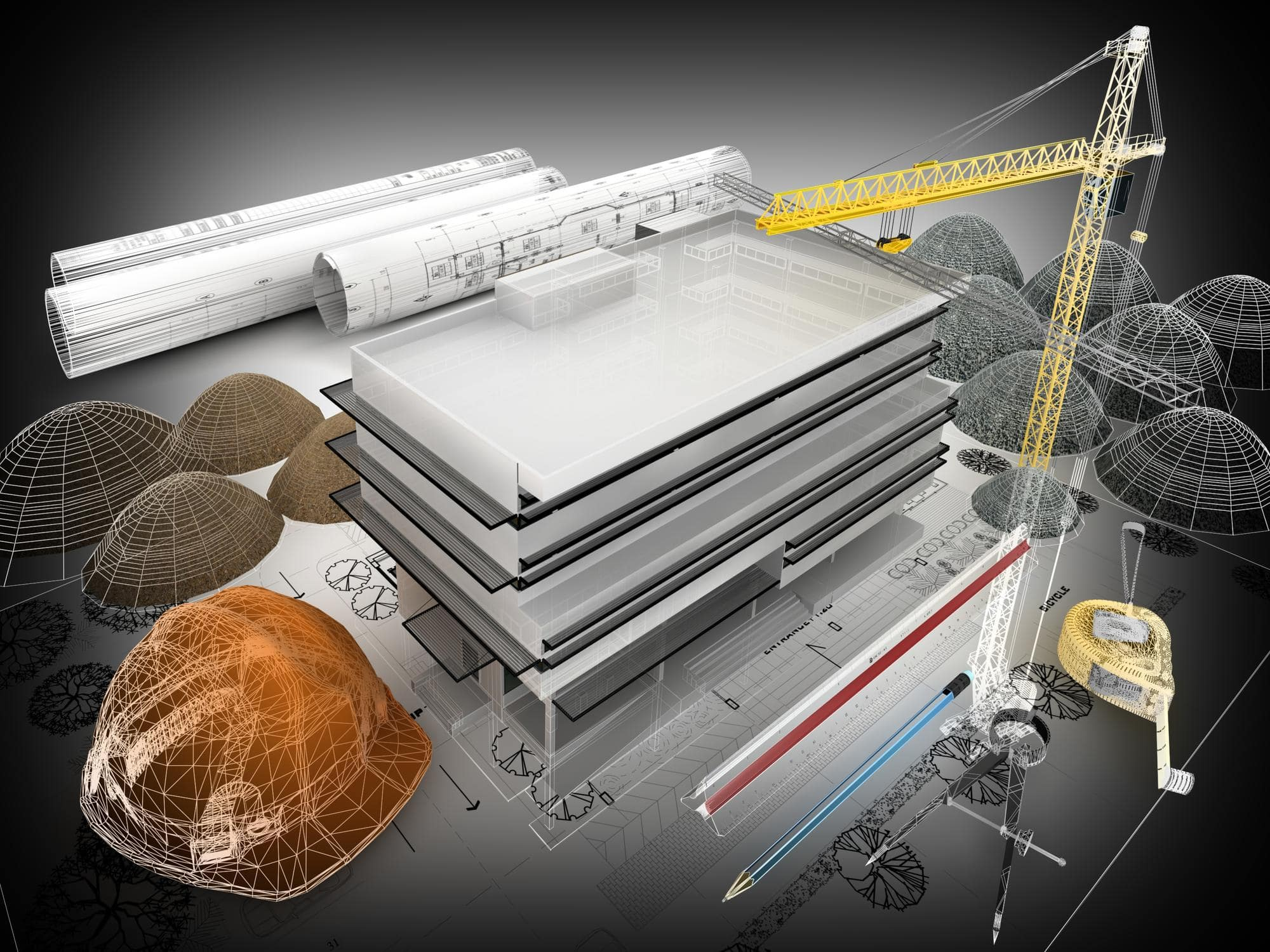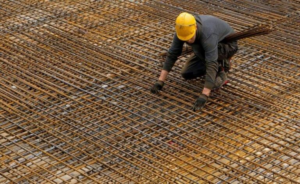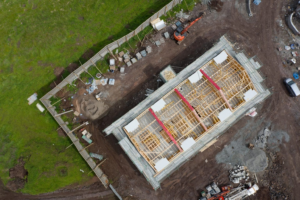Ensuring Safety in the Industrial Sector: New Innovations and Best Practices. Industrial safety has always been a cornerstone of the manufacturing and engineering sectors. With the rapid advancement of technology and the increasing complexity of industrial processes, ensuring a safe working environment is more critical than ever. Industrial Edge Magazine takes a deep dive into the latest innovations, trends, and best practices in industrial safety, highlighting how companies are evolving to protect their most valuable asset—their workforce.
The Evolving Landscape of Industrial Safety
In recent years, the industrial sector has seen significant changes in how safety is managed and enforced. Traditional methods are being supplemented with cutting-edge technology, transforming safety protocols and reducing workplace accidents. From wearable technology to advanced monitoring systems, the industry is embracing innovations that promise a safer and more efficient working environment.
Wearable Technology: A Game Changer
One of the most promising advancements in industrial safety is the integration of wearable technology. These devices, which include smart helmets, vests, and glasses, are equipped with sensors that monitor vital signs, environmental conditions, and movement. For instance, smart helmets can detect fatigue by analyzing the worker’s brain waves, providing real-time alerts to take breaks or seek medical attention.
Additionally, wearable devices can track exposure to harmful substances, ensuring that workers are alerted to potential hazards before they become dangerous. This proactive approach not only enhances safety but also boosts productivity by minimizing downtime and medical costs.
Advanced Monitoring Systems
Another significant development is the implementation of advanced monitoring systems. These systems use a combination of Internet of Things (IoT) devices, artificial intelligence (AI), and big data analytics to provide a comprehensive view of the workplace environment. For example, IoT sensors placed throughout a facility can monitor temperature, humidity, and air quality, ensuring that conditions remain within safe limits.
AI algorithms can analyze data from these sensors to predict potential hazards, such as equipment malfunctions or structural failures, allowing for preemptive action. This predictive maintenance approach is revolutionizing industrial safety by preventing accidents before they occur.
Enhanced Training Programs
While technology plays a crucial role in improving industrial safety, training remains an essential component. Companies are investing in enhanced training programs that leverage virtual reality (VR) and augmented reality (AR) to provide immersive, hands-on experiences. These training sessions can simulate real-world scenarios, allowing workers to practice their responses to emergencies in a controlled environment.
Moreover, VR and AR training can be customized to address specific hazards unique to each workplace, ensuring that employees are well-prepared for any situation they might encounter.
Regulatory Compliance and Best Practices
Compliance with safety regulations is a fundamental aspect of industrial safety. However, merely meeting the minimum standards is no longer sufficient. Leading companies are adopting best practices that go beyond regulatory requirements, fostering a culture of safety that permeates every level of the organization.
This includes regular safety audits, continuous improvement programs, and employee engagement initiatives that encourage workers to take an active role in safety management. By involving employees in the safety process, companies can identify potential hazards more effectively and develop solutions that are practical and effective.
The Future of Industrial Safety
As technology continues to evolve, so too will the methods and tools used to ensure industrial safety. The integration of AI, IoT, and wearable technology is just the beginning. In the near future, we can expect to see even more sophisticated systems that provide unparalleled levels of safety and efficiency.
Industrial Edge Magazine remains committed to keeping you informed about the latest trends and innovations in industrial safety. By staying ahead of the curve and adopting these new technologies and best practices, companies can create a safer, more productive workplace for their employees, ensuring long-term success and sustainability. Ensuring Safety in the Industrial Sector.
Conclusion
Industrial safety is an ever-evolving field that requires constant vigilance and adaptation. With the advent of new technologies and the continuous development of best practices, the industrial sector is better equipped than ever to protect its workforce. As we move forward, the commitment to safety will not only safeguard employees but also drive the industry towards greater innovation and excellence. Stay tuned to Industrial Edge Magazine for more insights and updates on the forefront of industrial safety.


